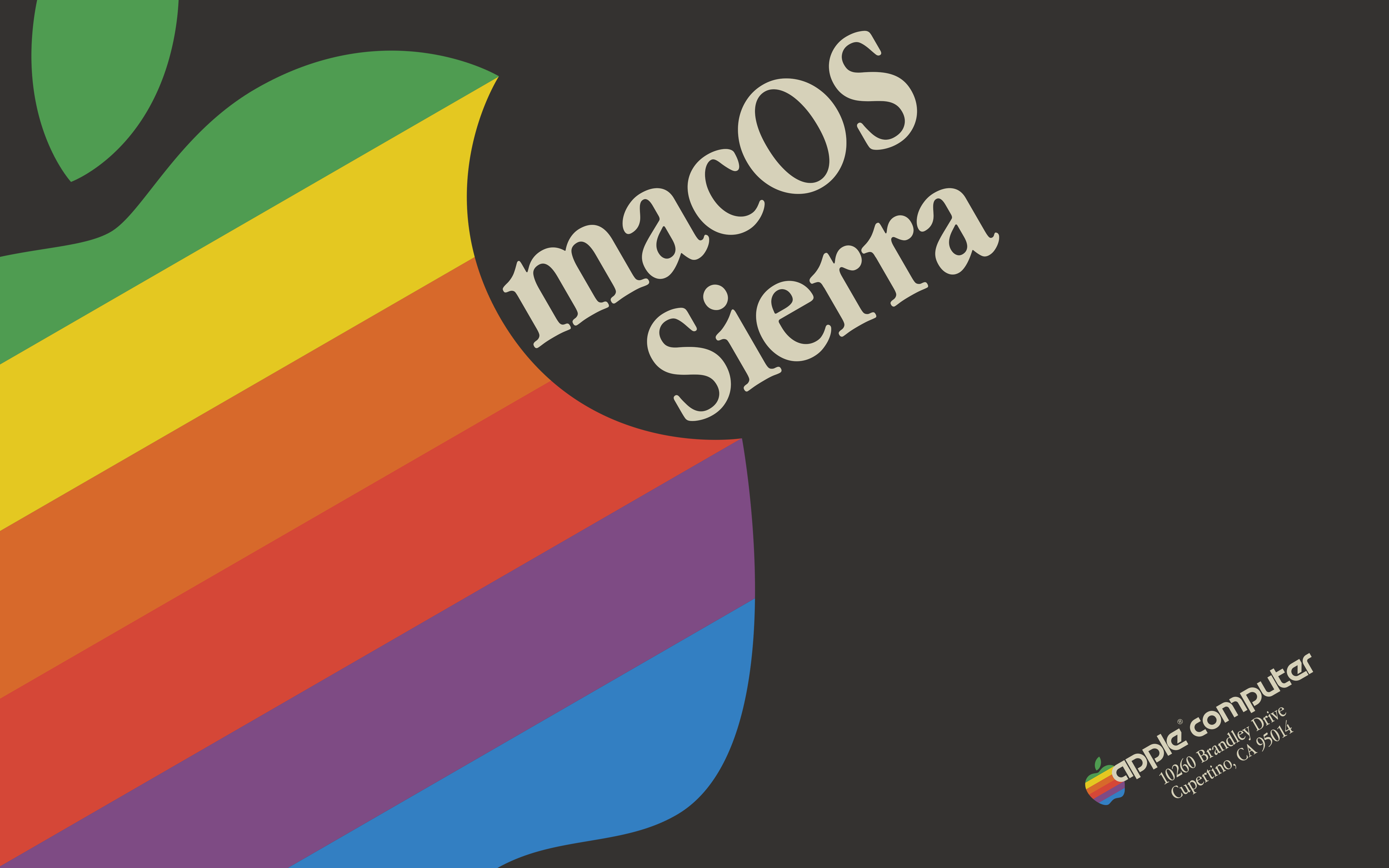Retro Parking Mac OS
Retro Parking Mac OS
However much you love your Mac, I’m willing to bet there’s at least one hardware feature you want to add to it—and quite possibly one or two that you wouldn’t mind losing. On my trusty old 2008 MacBook Pro, for example, I wish I had a second video-out port for hooking up a third display, and I could live without the Ethernet port. You might think picking and chosing your features like this is a pipe dream, but in a sense it’s not a million miles away from what Apple used to offer with its PowerBooks.
When I got my PowerBook 1400c, it came with a (6×!) CD-ROM drive, which was obviously great for browsing CD-ROMs (Myst! Encarta! *cough* Duke Nukem!) and listening to music.
Owners of iPhone, iPad, iPod, Mac, or Apple TV products may obtain service and parts from Apple service providers, including Apple Retail Stores and Independent Repair Providers, for 5 years from when Apple last distributed the product for sale. Service and parts may be obtained for longer, as required by law, or for an additional two years, subject to parts availability. SimCity for Mac, free and safe download. SimCity latest version: Sim City finally arrives on Mac. SimCity for Mac is finally here! SimCity for Mac features new graphics and gameplay but the princ.
A quick tangent: was I the only one who would painstakingly enter the track titles for the CDs I played with the Apple CD Audio Player? It helped that in those days I only owned a few CDs, but it was still a slightly odd way to spend my youth. (I’d forgotten as well that this app has a primitive playlist feature, letting you drag tracks from a CD into a specific order.)
But if you didn’t want the CD-ROM drive, you could disengage a sprung latch, slide the whole assembly out, and then replace it with this, my latest eBay purchase: a floppy disk drive.
Now, to be sure, the ideal would be to have both drives at once, but the fact that you could swap them round to get the features you need still appeals to me. What’s more, though few were made, third parties could build alternative drives, and Apple took the concept further in some models, offering a special module that made your PowerBook weigh less. How can you add something to your PowerBook to make it weigh less? Actually, it’s really simple: you could pop out either the optical drive or the battery and slot the Weight-Saving Device—essentially, an empty plastic shell—in in their place.
With my new floppy drive module, though, I finally have an easy way to get stuff onto and off my PowerBook 1400. I’ll get round to hooking it up to the network some time, but you can’t beat the reliability of an ol’ sneakernet! All I do is slip a floppy into the PowerBook…
…then chose the DOS format—for some reason I can’t write to the Mac OS Standard-formatted disks once they’re on my Yosemite Mac; perhaps you can enlighten me why in the comments—eject it and then with the help of my trusty Iomega Floppy Plus, a USB 1.1 drive that has got me out of more scrapes than you might imagine…
…mount it on my modern Mac. I love that, 16 years after the iMac sounded the death-knell for the floppy disk, the Mac OS still has an icon for floppy drives tucked away in the system.
I wish I’d had this drive when I wrote the Think Retro on the Portable StyleWriter printer; to get the text written on the PowerBook off it and onto my MacBook Pro, I had to scan the printed pages and run them through Acrobat Pro’s OCR system!
It’s lovely having a floppy drive back again; there’s something deeply satisfying about slotting a disk in and hearing it thut-thut-bzzzt-thut-thut-thut away to itself. Oh, and that ha-weeeeee-vow when a Mac ejects a disk, something we were so snobby about with PC users and their manual eject buttons! Oh, here, instead of relying on me transliterating the noises floppy disks make, watch the video.

I’m not suggesting Apple is wrong to have abandoned this modular approach, incidentally. It made sense then, but it doesn’t really make sense now, if only because we don’t use removable media which requires bulky drives any more. Regardless, this expansion bay system still delights me, with its pleasing chunkiness and ability to transform the abilities of a Mac. We’ve almost entirely lost that now; the ExpressCard/34 slot in my MacBook Pro was the last hurrah for it, and today instead we have Thunderbolt instead—vastly faster and more flexible, of course, but somehow, to my mind at least, a little less romantic.
Retro Parking Mac Os Catalina
One final bit of floppy nostalgia, which will not so much separate the men from the boys as separate the men from the slightly older men. What am I doing in the picture below, why was it sometimes necessary, and what bit of kit was involved in the opposite action?
Retro Parking Mac OS
